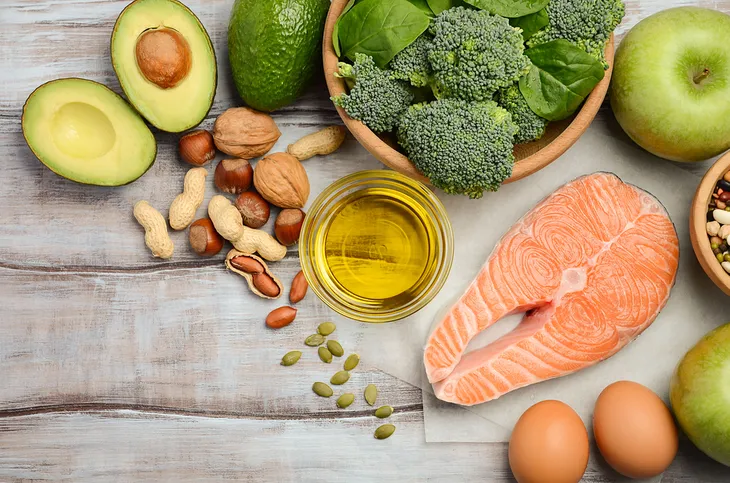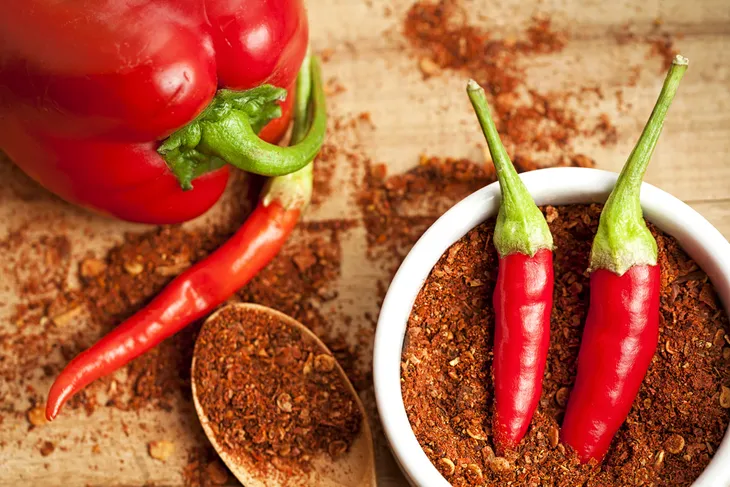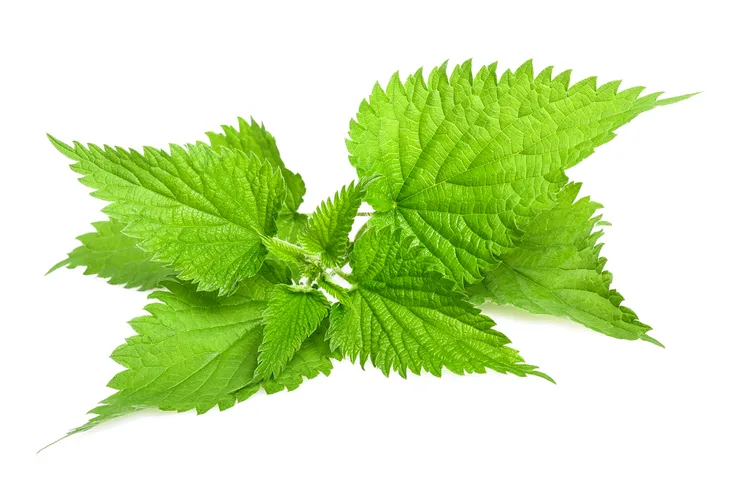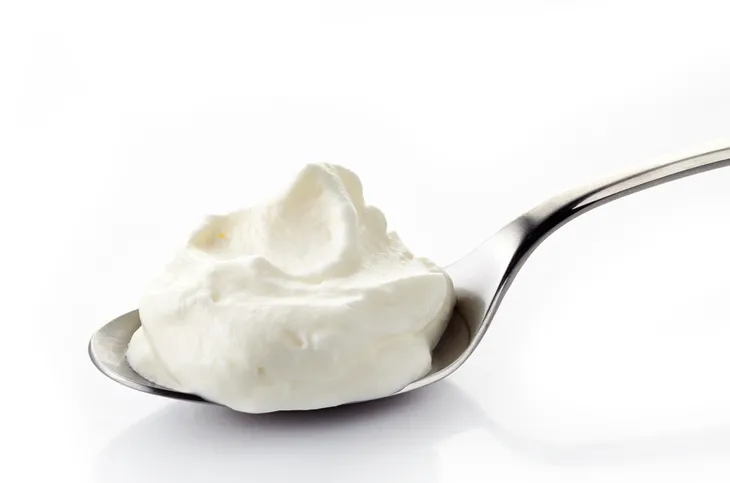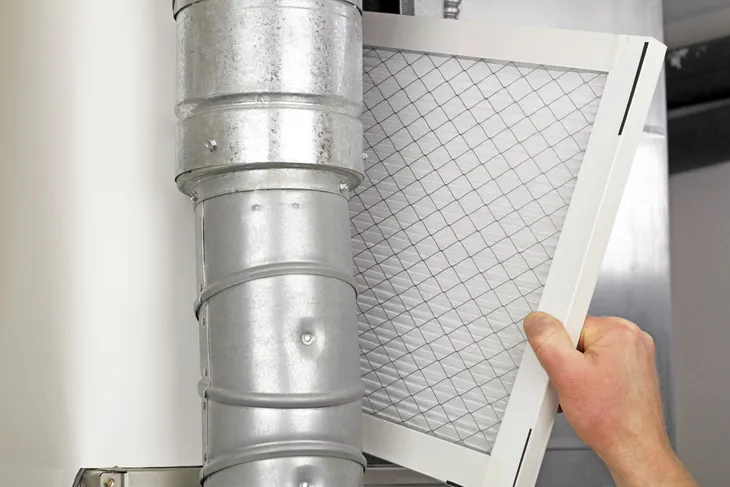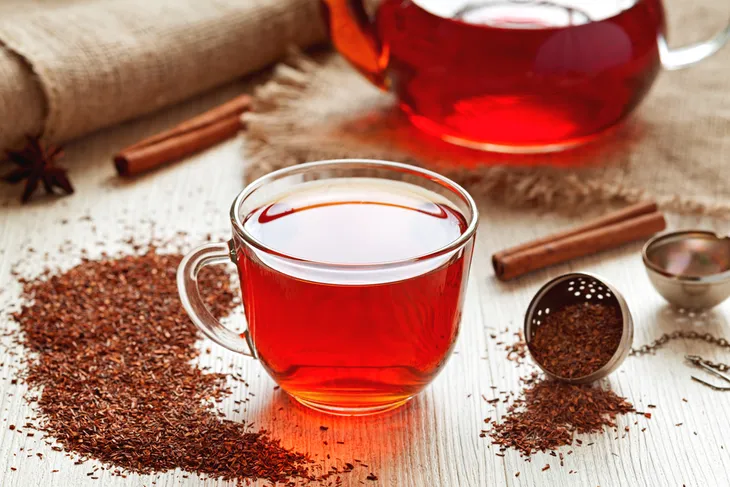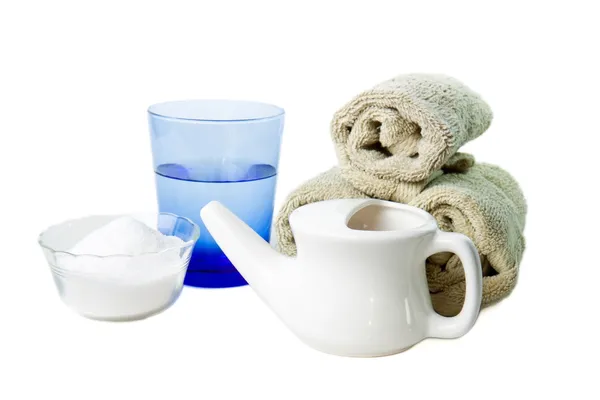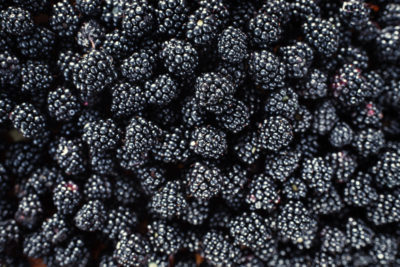As the golden days of summer begin to fade; nasal congestion, sinus pain, sniffling, sneezing, and itchy red eyes often signal the harvest for the unfortunate 26 million Americans who suffer from fall allergies.
So while many are off to farmer’s markets to buy bushels of harvest apples and corn, you may be rushing to the drug store for over-the-counter allergy medications, boxes of tissues, and wishing for the first freeze of fall to come quickly.
The good news is that many natural allergy remedies work more effectively to combat ragweed and other pollen compared to allergy drugs…
1. Omega-3 Fatty Acids
A German study linked foods high in omega-3 fatty acids with the ability to fight allergy inflammation. That’s why allergy sufferers should consume a diet rich in foods such as cold water salmon and tuna, walnuts, flaxseeds, and eggs.
2. Scrub Your Eyelids
Use a gentle, non-irritating baby shampoo to thoroughly wash your eyelids and eyelashes several times a day. They eyelashes are where pollen will tend to accumulate during days of high pollen counts. This will drastically cut down on red, itchy, swollen, irritated eyes.
3. Spicy Foods
Foods with a naturally spicy kick—such as chili peppers, horseradish, jalapenos, or hot mustard—are often recommended for their ability to clear the sinuses…stat! It seems like naturally spicy foods are often able to clear the sinus airways when pollen counts cause congestion and sinus pain.
4. Change Your Linens Regularly
Are you allergy symptoms bad at night? Are you particularly congested in the morning? If this is the case, you might be taking pollen to bed with you. The solution: shower before you hit the hay or change your pillow frequently through the week to prevent morning allergy flare-ups.
5. Stinging Nettle
You can purchase an antihistamine at your drug store, but stinging nettle, a natural remedy, is a natural antihistamine—minus the side effects of most pharmaceutical drugs like dry mouth, stomach ache, and lethargy. You can buy stinging nettle in freeze-dried capsule form or brew it in a tea.
6. Eat Plain Yogurt
Nutritionists credit plain yogurt with its ability to banish allergy symptoms thanks to the friendly bacteria and anti-inflammatory proteins within. Try adding one cup of unsweetened yogurt to your morning breakfast or mid-afternoon snack break to combat sinus congestion. If you need a sweetener, add some natural wildflower honey or real maple syrup.
7. Get a New Furnace Filter
Oftentimes we can reduce our allergies with the smallest of changes. Take furnace filters for example. Allergy-friendly furnace filters will capture swirling pollen particles floating through the air using an electric charge or a pleated design. Just run your furnace fan on low to keep the air circulating so you can nab that pollen and swap for a new filter every 3-months.
8. Rooibos Tea
Steep some of this caffeine-free, nutty red brew to boost your production of antioxidants. You can try black or green tea if you desire a caffeine boost, but all three types of tea will zap immunoglobulin E, a potent allergy trigger!
9. Allergy-Free House Plants
It seems that some house plants produce allergens (I’m looking at you, orchids and yucca); while others are non-allergenic—including plants like creeping Charlie, blood leaf, German violets, Hens-and-Chickens fern, and White Flag.
10. Neti Pots
The act of rinsing away clogged sinuses and pollen residue with saltwater has been used effectively for centuries. Neti pots are small, inexpensive vessels used to clear the sinuses pathways. You can purchase a neti pot solution at your drug store or just mix half teaspoon of table salt (non-iodized only) with a cup of lukewarm water. Pour it into your neti pot and lean your head over the sink while inhaling the solution through the spout of one nostril. The water will flush through your sinuses and drain out the other nostril. Switch sides and clear the nostrils completely by gently blowing out of your nose.

